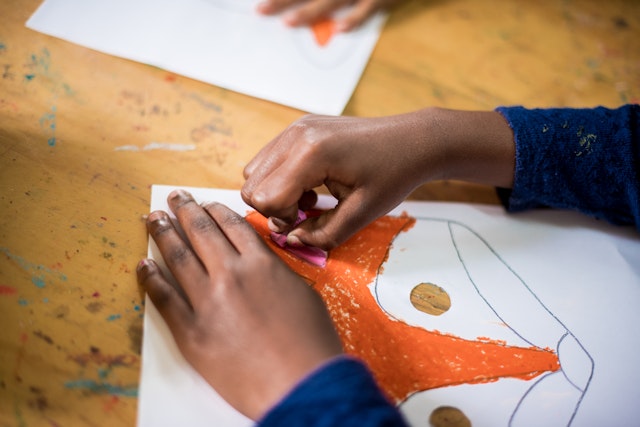Mindfulness offers children a way to manage stress, build focus, and enhance emotional resilience by helping them stay present and calm. Through mindful practices, kids can learn to regulate their emotions and better face everyday challenges. Here’s a guide to some simple and engaging mindfulness exercises to support your child’s sense of calm and focus.
1. Deep Belly Breathing
Deep breathing activates the body’s relaxation response, making it easier for kids to calm down during times of stress.
- How to Practice:
- Have your child sit or lie comfortably.
- Ask them to place one hand on their belly and one on their chest.
- Inhale deeply through the nose, noticing their belly rise, and exhale through the mouth, feeling their belly fall.
- Repeat 3-5 times, focusing on the movement of their belly.
- When to Use It: Deep belly breathing can be used whenever your child feels stressed or needs to calm down, especially before bed.
2. Five Senses Exercise
This grounding exercise brings attention to the present by focusing on the five senses, which is helpful when children feel overwhelmed or distracted.
- How to Practice:
- Take a deep breath together.
- Have your child identify:
- 5 things they can see
- 4 things they can feel
- 3 things they can hear
- 2 things they can smell
- 1 thing they can taste (or think of their favorite taste).
- When to Use It: This exercise is great for calming nerves or refocusing attention.
3. Mindful Listening
Mindful listening invites children to pay close attention to the sounds around them, encouraging focus and mental calm.
- How to Practice:
- Ask your child to sit comfortably, close their eyes, and listen to nearby sounds.
- Have them notice each sound without labelling it.
- Do this for 1-2 minutes, then gently bring attention back.
- When to Use It: Ideal before homework, bedtime, or whenever your child needs a moment to reset.
4. Teddy Bear Breathing (for Younger Kids)
This technique is a playful take on deep breathing that involves a favourite stuffed animal to make it engaging for younger children.
- How to Practice:
- Have your child lie down with a stuffed animal on their belly.
- Encourage them to breathe deeply, watching the teddy bear rise and fall.
- When to Use It: This works well as a pre-bedtime relaxation or anytime your child needs to calm down.
5. Body Scan
The body scan helps children recognize where they feel tension, promoting relaxation.
- How to Practice:
- Have your child lie down, close their eyes, and take deep breaths.
- Guide them to focus on different body parts, from their toes to their head, noticing how each feels.
- Encourage relaxation as they move their attention upward.
- When to Use It: This technique is useful for unwinding at bedtime or after a busy day.
6. Mindful Eating
Mindful eating helps children appreciate their food by paying attention to its look, texture, and taste, promoting healthy eating habits.
- How to Practice:
- Before eating, encourage your child to take a deep breath and observe their food’s colours and shapes.
- Ask them to take small bites, noticing each flavour and texture.
- When to Use It: This can be practiced during meals or snacks, helping kids slow down and enjoy their food.
7. Starfish Breathing (for Younger Children)
A visual and tactile breathing exercise, “starfish breathing” is a great way to help young kids focus on their breath.
- How to Practice:
- Have your child hold one hand out like a starfish.
- Guide them to trace each finger, breathing in as they trace up and out as they trace down.
- When to Use It: This quick exercise is perfect for helping a restless child refocus and calm down
8. Gratitude Practice
Gratitude shifts focus to positive thoughts, encouraging calm and optimism.
- How to Practice:
- Each night, ask your child to name three things they are grateful for.
- Help them reflect on why these moments or things make them feel happy.
- When to Use It: Practicing gratitude is a great pre-bedtime habit to foster positive thinking.
9. Bubble Breathing
Bubble breathing uses the idea of blowing bubbles to teach younger children how to control their breathing.
- How to Practice:
- Ask your child to imagine holding a bubble wand.
- Have them take a deep breath and exhale slowly, as if trying to make a bubble grow without popping.
- When to Use It: This playful exercise is useful when your child needs to calm down quickly.
Summary
Mindfulness provides children with valuable tools for managing their emotions, focusing their attention, and developing resilience. With these simple techniques, you can help your child stay grounded, calm, and focused. Incorporate these practices into their daily routine, and over time, mindfulness can become a cherished and powerful habit that supports your child’s emotional well-being.


Add Comment
Upcoming Events